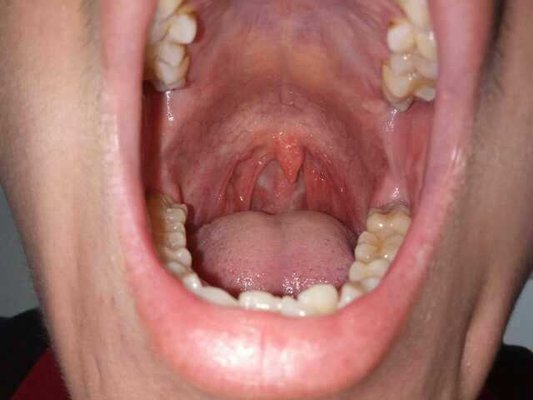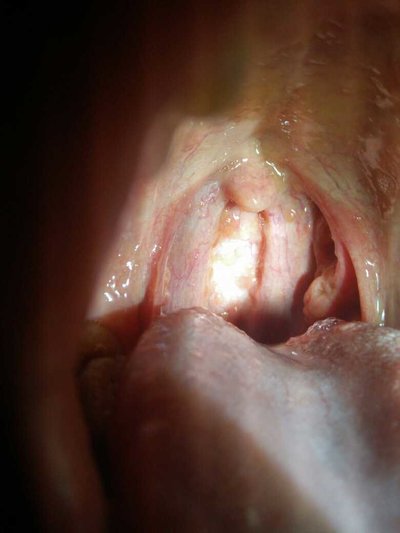Symptoms of benign esophageal tumor
summary
Benign esophageal tumors are rare, accounting for only 1% of esophageal tumors. The age of onset was younger than that of esophageal cancer, the symptoms progressed slowly and the disease duration was longer. Leiomyoma is the most common benign tumor of esophagus, accounting for about 90%. In addition, there are polyps, lipomas, fibrolipomas and papillomas originating from the mucosa and submucosa. Esophageal leiomyoma is more common in middle-aged men. Leiomyomas are mostly located in the lower and middle esophagus, most of them are solitary. Leiomyoma originates from the muscular layer of the esophageal wall, grows slowly inside and outside the esophageal lumen, and the mucosa remains intact, so it does not cause hematemesis. The tumor was round, oval or horseshoe shaped, with complete capsule and tough texture. The cut surface was gray white, with swirling structure. The diameter of the tumor was 2-5cm, but the time was up to 10cm. It surrounded the long esophagus. Let's talk about the symptoms of benign esophageal tumor.
Symptoms of benign esophageal tumor
Esophageal leiomyoma may not present clinical symptoms for a long time, but was accidentally found in the gastrointestinal barium meal X-ray examination. Leiomyoma generally more than 5cm after growing up, can present the feeling of poststernal fullness, pain compression and mild swallowing obstruction. The X-ray examination of esophageal barium meal examination can show round or oval filling defect with smooth and neat edge, and its upper and lower edges are at an acute angle with the junction of normal esophageal wall. The esophageal mucosal folds in the tumor area are flattened by the tumor and disappear without damage. During swallowing, leiomyoma may move up and down with the esophagus.
The common esophageal benign tumors can be divided into intraluminal type, submucosal type and intramural type. The intraluminal type included benign polyps and papilloma; Submucosal type includes hemangioma and granulosa cell myoblastoma; The most common intramural type was esophageal leiomyoma. When the mass is large, the esophageal benign tumor can block the lumen of the esophagus in varying degrees, resulting in dysphagia, vomiting, emaciation, retrosternal compression or pain.

The symptoms and signs of benign esophageal tumor mainly depend on the anatomical location and size of the tumor. Larger tumors can block the lumen of the esophagus in varying degrees, resulting in dysphagia, vomiting and emaciation. Many patients have aspiration pneumonia, retrosternal compression or pain. Bleeding may occur in patients with hemangioma.

matters needing attention
The most important things to improve the function of the immune system are: diet, exercise and control of worries. Healthy lifestyle choices can help us stay away from cancer. Keeping a good mood and proper physical exercise can make the body's immune system in the best state, which is also good for preventing tumor and other diseases.














